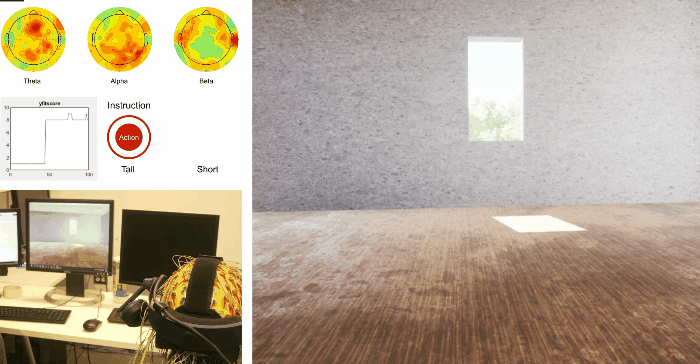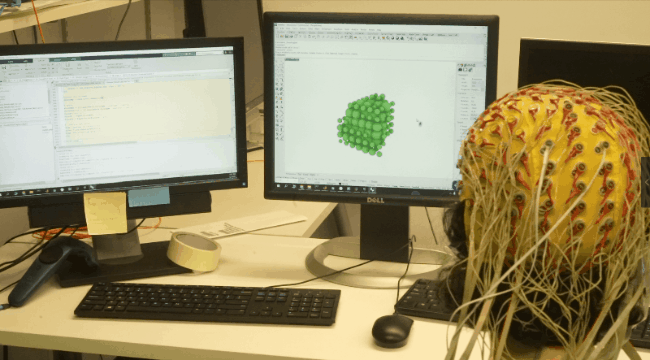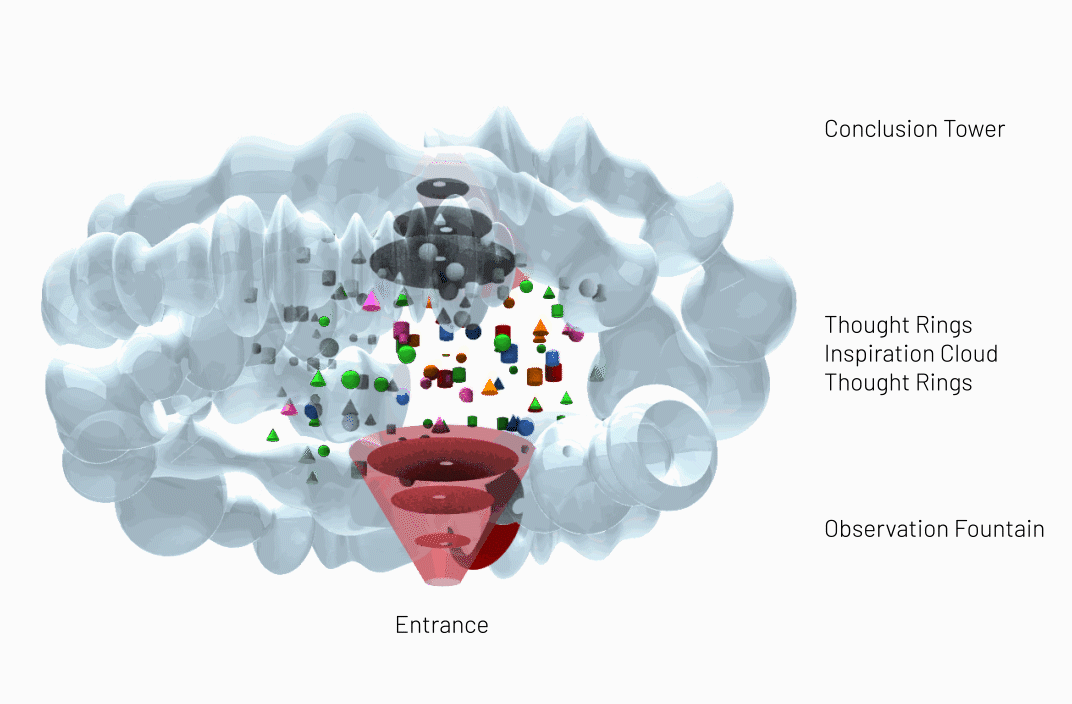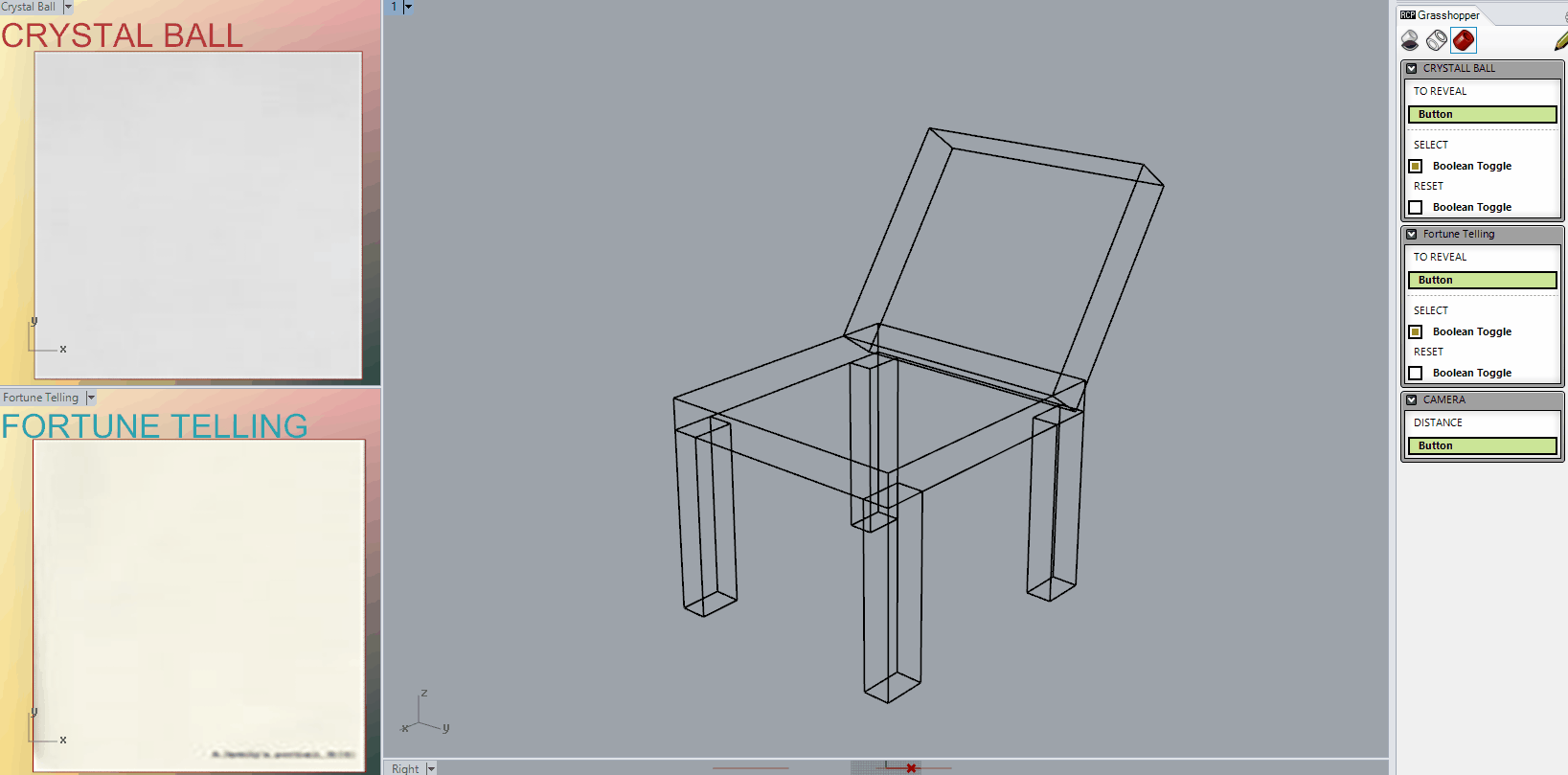
Qi Yang
Hello! I am an Assistant Professor in the Department of Design Studies at the University of Wisconsin–Madison. My educational background spans Design, Psychology, and Systems Engineering. My research centers around two connected agendas: how people move through ideas and how people move through space.
In the mental realm, I investigate metacognition in design processes, studying how people reflect on and guide their own thinking. I design Human AI co-creative systems that augment cognition, encourage curiosity, support long-term skill growth, and help overcome design fixation. This work aims to create tools that are wise, tools that expand human creativity and learning rather than simply producing outcomes.
In the physical environment, I study wayfinding in healthcare and educational settings. Using empirical studies and computational modeling, I examine how spaces shape human wayfinding behavior and cognition, such as perceived uncertainty, with the goal of improving human health and well-being.
Please scroll down to explore the projects, and some broad keywords might reduce your uncertainty about me: Wayfinding, Human-Building Interaction, Human AI Interaction, Creativity Support Tools, Metacognition, Spatial Cognition, Human Behavior Modeling, Environmental Psychology, Research through Design.
I enjoy research conversations of all kinds! I am currently conducting new studies and looking for research assistants. If you’re interested in my work, don’t hesitate to reach out.

Featured Projects

Multi-Mind
How might real-time emotional feedback from an AI agent trained on your own neural responses influence your design process?
Yang, Qi, Shuo Feng, Tianlin Zhao, and Saleh Kalantari. "Design with myself: A brain–computer interface design tool that predicts live emotion to enhance metacognitive monitoring of designers." International Journal of Human-Computer Studies 185 (2024): 103229.

Cognitive Agent
How can we develop a computational model that navigates unfamiliar indoor environments with human-like cognition and behavior?
Yang, Qi, Rohit K. Dubey, and Saleh Kalantari. "PATH-U: A data-driven agent-based wayfinding model incorporating perceived path uncertainty and cognitive strategies in unfamiliar indoor environments." In Building Simulation, pp. 1-23. Beijing: Tsinghua University Press, 2024.

MindOpen
What are the potential applications and limitations of using brain–computer interfaces in the design process?
Yang, Qi, Jesus G. Cruz-Garza, and Saleh Kalantari. "Brain–computer interfaces as an architectural design tool: Feasibility and usability study." Automation in Construction 154 (2023): 105011.

Wayfinding Uncertainty
What are the methods for measuring continuous perceived uncertainty during wayfinding tasks?
Yang, Qi, and Saleh Kalantari. "Real-time continuous perceived uncertainty annotation for spatial navigation studies in buildings." Journal of Building Engineering 82 (2024): 108250.

MindSculpt
Can we generate geometric forms by thinking about them?
Yang, Qi, Jesus G. Cruz-Garza, and Saleh Kalantari. "MindSculpt: Using a Brain-Computer Interface to Enable Designers to Create Diverse Geometries by Thinking." Proceedings of the 41st Annual Conference of the Association for Computer Aided Design in Architecture (ACADIA 2021).

VR v.s. Real
Do people demonstrate similar wayfinding behaviors in physical environments compared to their virtual replicas?
Kalantari, Saleh, Armin Mostafavi, Tong Bill Xu, Anne Seoyoung Lee, and Qi Yang. "Comparing spatial navigation in a virtual environment vs. an identical real environment across the adult lifespan." Computers in Human Behavior 157 (2024): 108210.

Thinking Playground
An exploration about a spatial playground for ideation that leverages embodied cognition and spatial affordance as epistemic actions, 2020

Opiniated Sticky Notes
Develop an ideation tool that uses diverse shapes as epistemic gestures to support proactive divergent and convergent thinking, 2020

Crystal Ball
A pre-GenAI exploration about a design tool that expands the design space and reduces design fixation by bombarding designers with related works in real time, 2018